A Beginner's Guide to Understanding Different Types of Cotton Fabrics

If you’re new to sewing or simply want to learn more about the different types of cotton fabrics available, you’ve come to the right place. In this post, we’ll break down the meaning behind the jargon and explain the properties and best uses of cotton lawn, jersey, poplin, chambray, brushed cotton, drill, and seersucker.
Fabric Weights
Before we dive into the different types of cotton, it's essential to understand fabric weights. Fabric weight refers to the density of the fabric and is typically measured in grams per square meter (GSM). Here are the three types of fabric weights:
- Lightweight: This type of fabric is thin and delicate, with a weight that typically ranges from 30 to 150 grams per square meter. These fabrics are usually made of fine, delicate threads and are used for lightweight clothing, such as blouses, skirts, dresses, and summer wear.
- Medium-weight: This type of fabric is neither too thin nor too thick, with a weight that typically ranges from 150 to 350 grams per square meter. These fabrics are versatile and can be used for a wide range of clothing items, including shirts, dresses, skirts, and pants.
- Heavyweight: This type of fabric is thick and sturdy, with a weight that typically ranges from 350 to 700 grams per square meter. These fabrics are usually made of coarse and durable fibres and are used for heavy-duty clothing, such as workwear, jackets, and upholstery.
Now that you understand fabric weights let's dive into the different types of cotton.
Types of Cotton
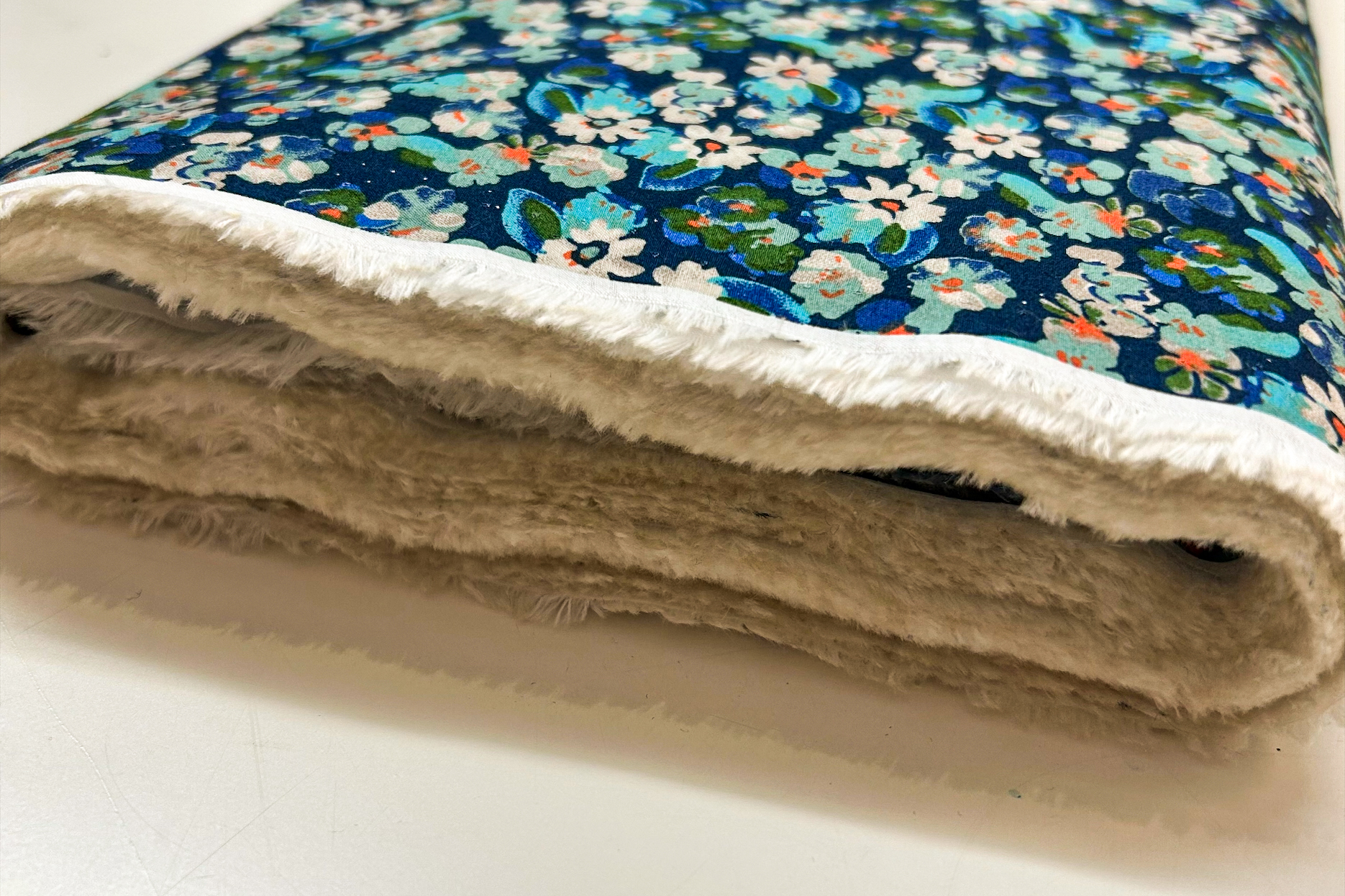
Cotton Lawn
Cotton lawn is a lightweight fabric that is made using a plain weave. It has a high thread count, resulting in a smooth and silky texture. It is best used for summer clothing such as blouses, skirts, and dresses due to its breathability and lightness. Cotton lawn has no stretch and is relatively easy to sew, making it an excellent choice for beginners.
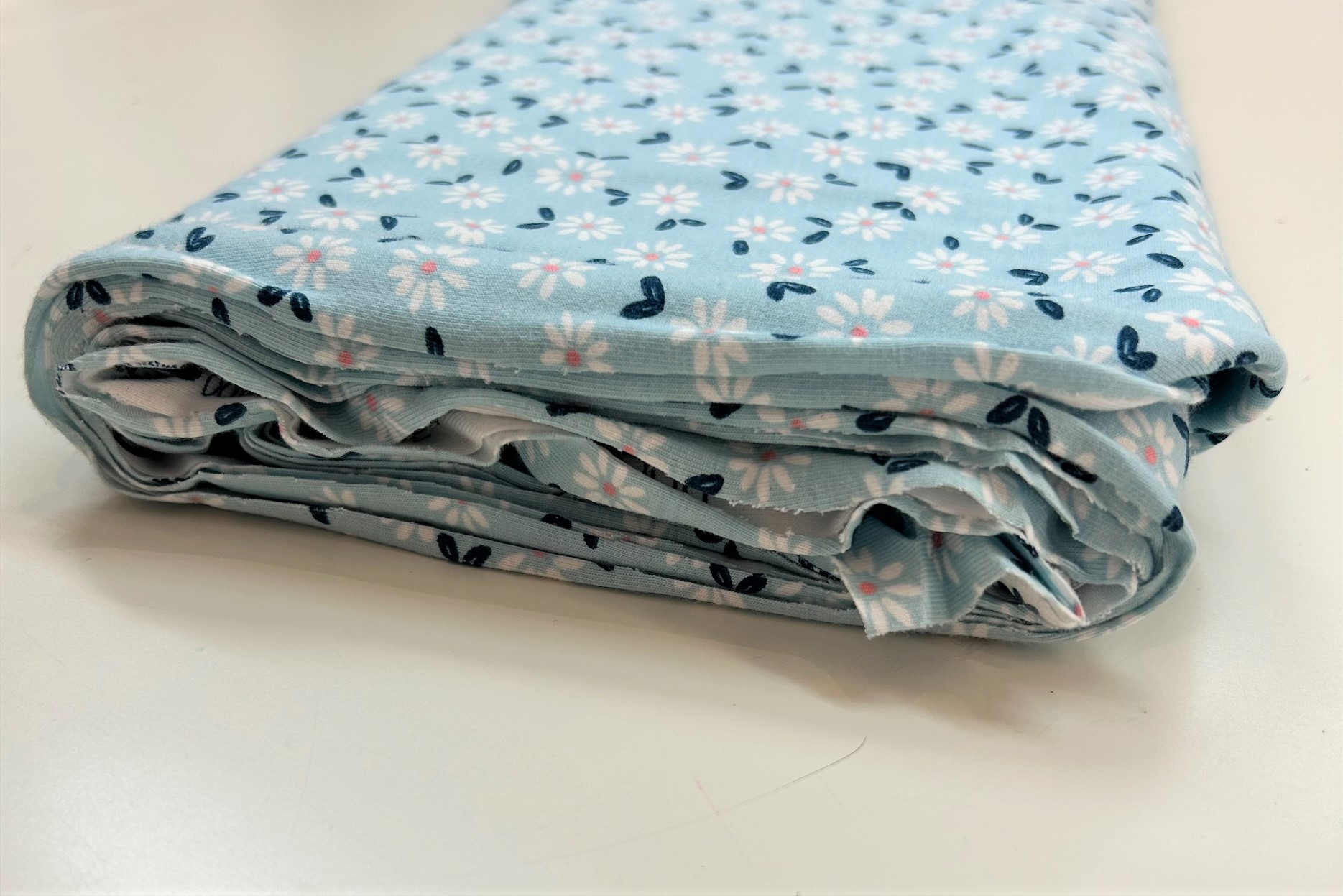
Cotton Jersey
Cotton jersey is a knit fabric that is typically a blend of cotton and elastane. It is a medium-weight fabric that is known for its stretchiness and softness. It is commonly used for t-shirts and other stretchy garments. Pinning the fabric is crucial when sewing with cotton jersey to ensure it maintains its shape during the sewing process. While it may be challenging for beginners due to its stretchiness, it is versatile enough to be used for almost any project.
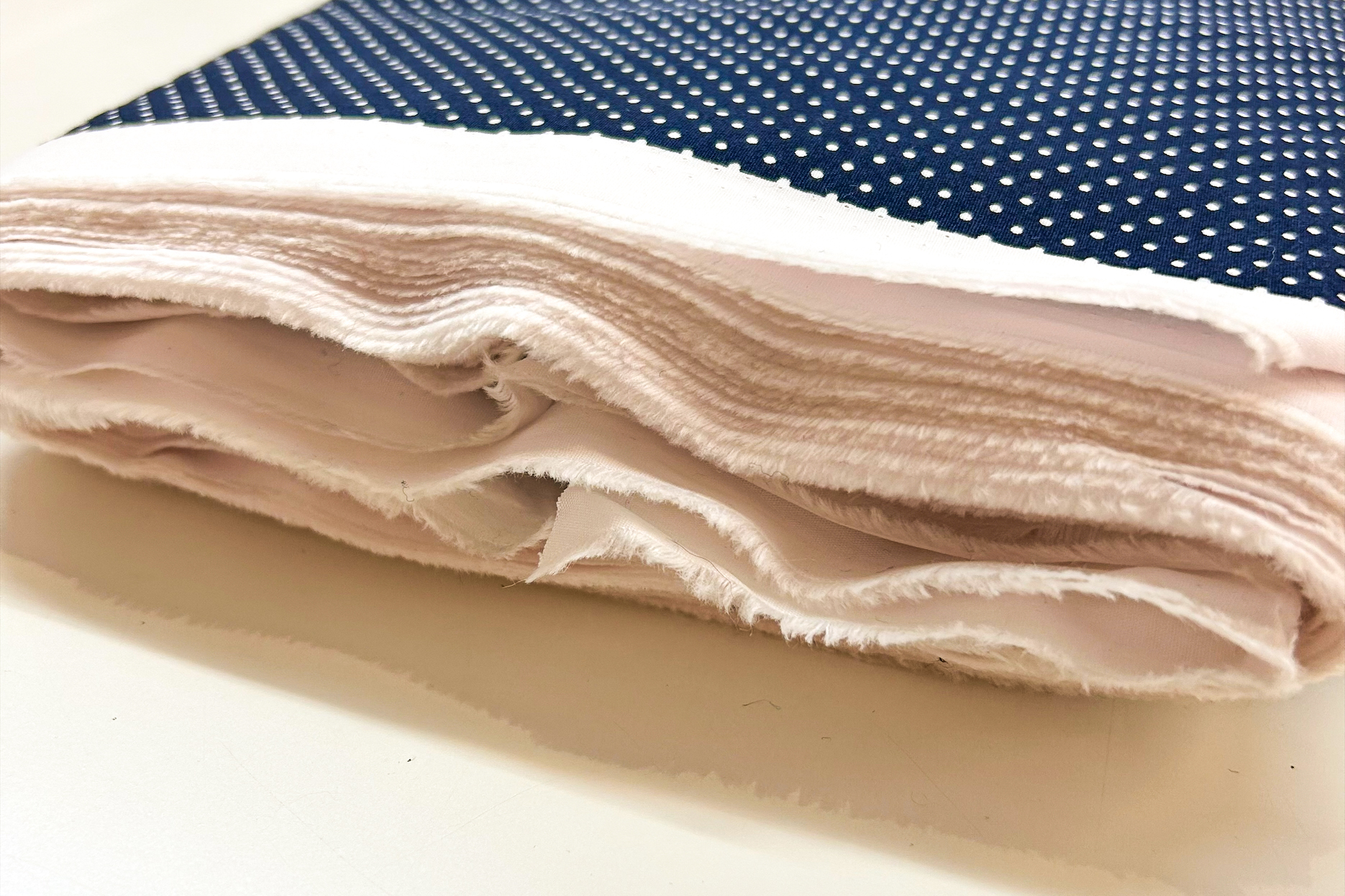
Cotton Poplin
Cotton poplin is a lightweight, plain-weave fabric that is smooth to the touch and has a flat, uniform pattern. It is a medium-weight fabric that is commonly used for dressmaking and formalwear due to its crease-free properties. Despite being lightweight, cotton poplin is a durable fabric that can hold its shape well and is versatile enough to be used in various projects. It is beginner-friendly, making it an ideal choice for those just starting.
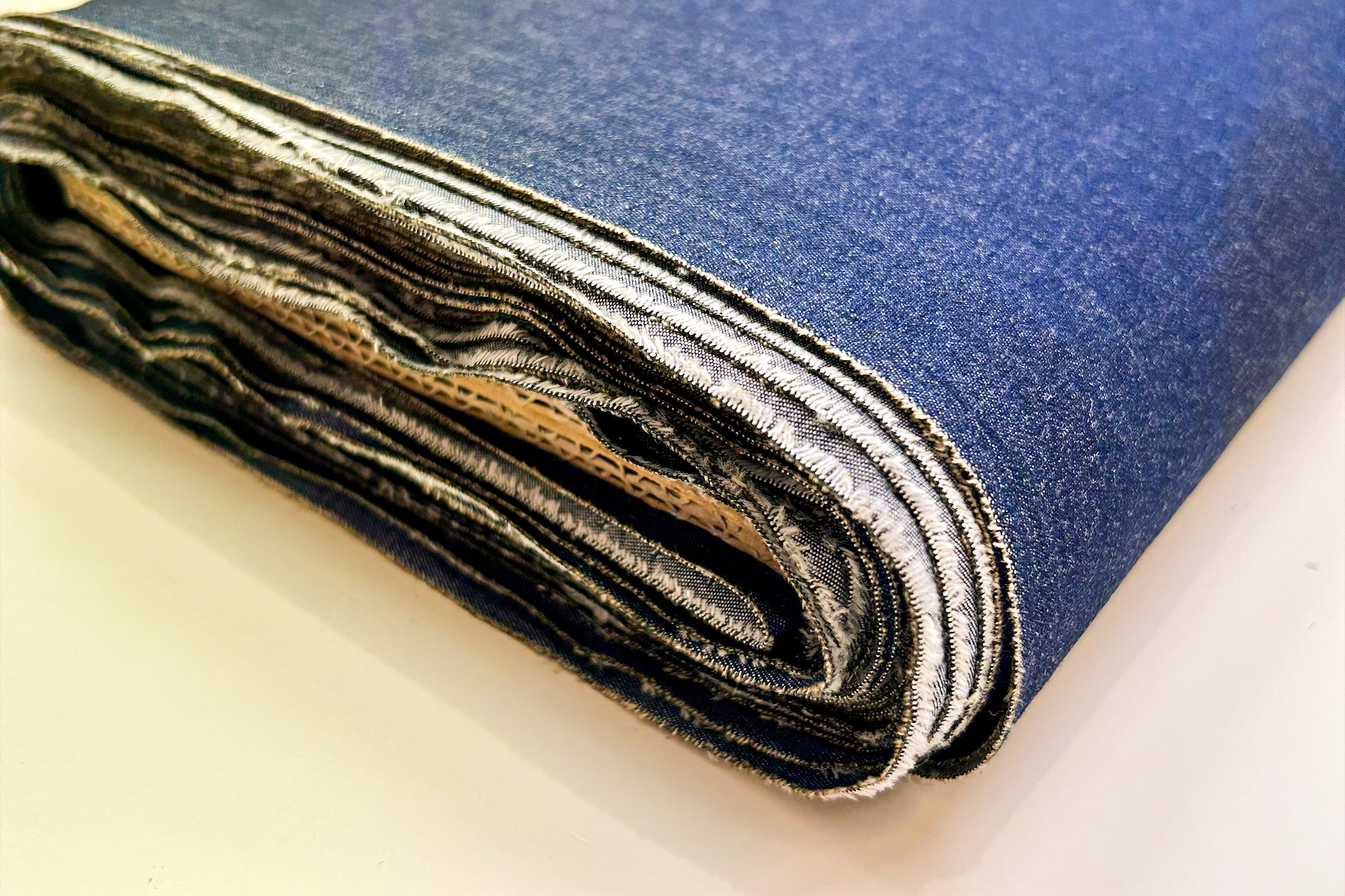
Cotton Chambray
Cotton chambray is a plain weave fabric that is similar to denim, but with a softer and thinner texture. It is a lightweight fabric that is available in a range of blue colours and is often used for summer-weight garments such as shirts, light dresses, and skirts. It is easy to sew, making it an ideal fabric for beginners. Be sure to use the appropriate needle size and avoid stretching the fabric while sewing.
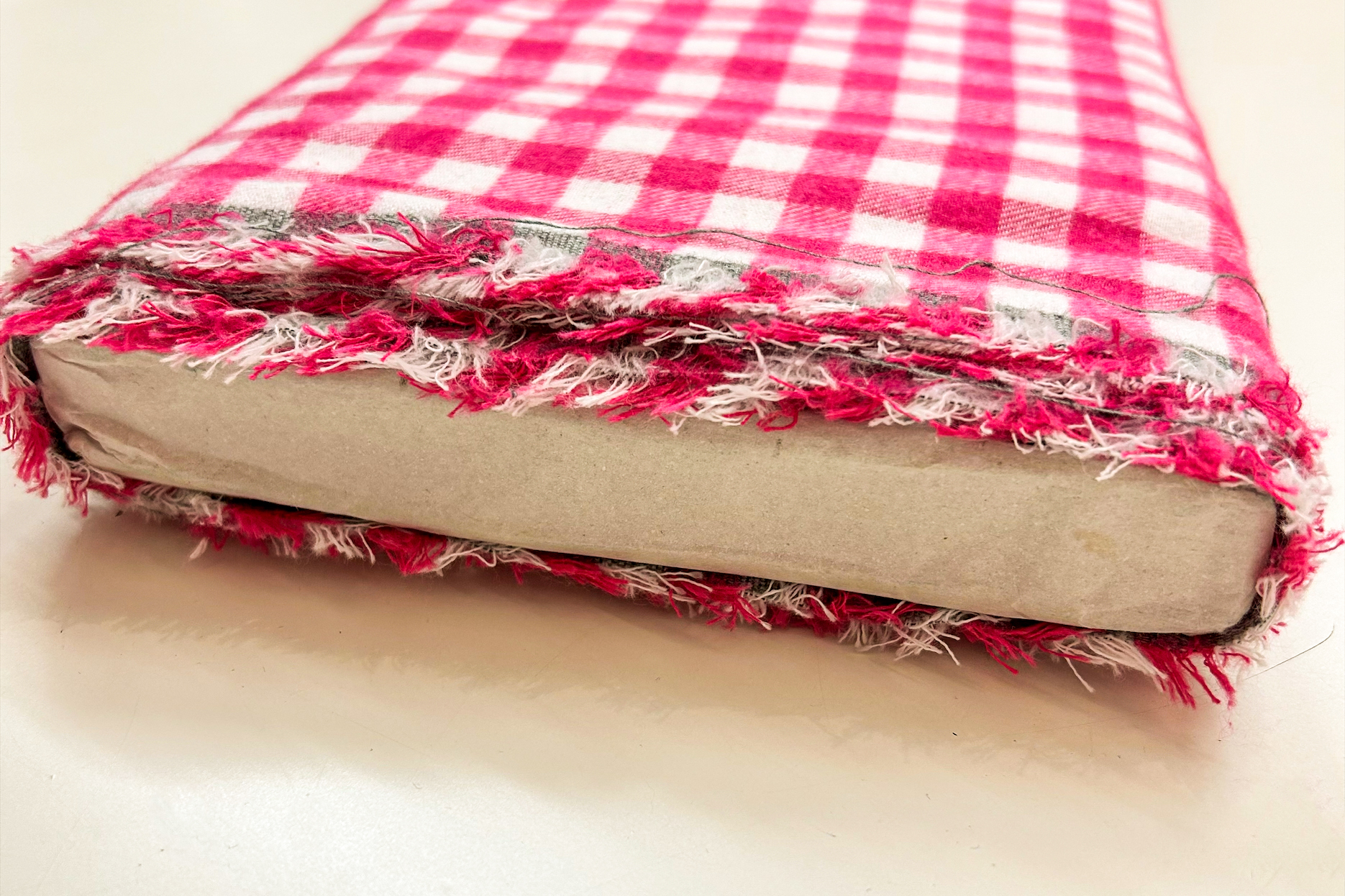
Brushed Cotton
Brushed cotton is a medium-weight fabric that has a soft and warm texture. It is commonly used to make pyjamas and other cosy clothing items. Brushed cotton is versatile and can protect against wind chill without causing overheating. It is easy to sew, making it a good choice for beginners.
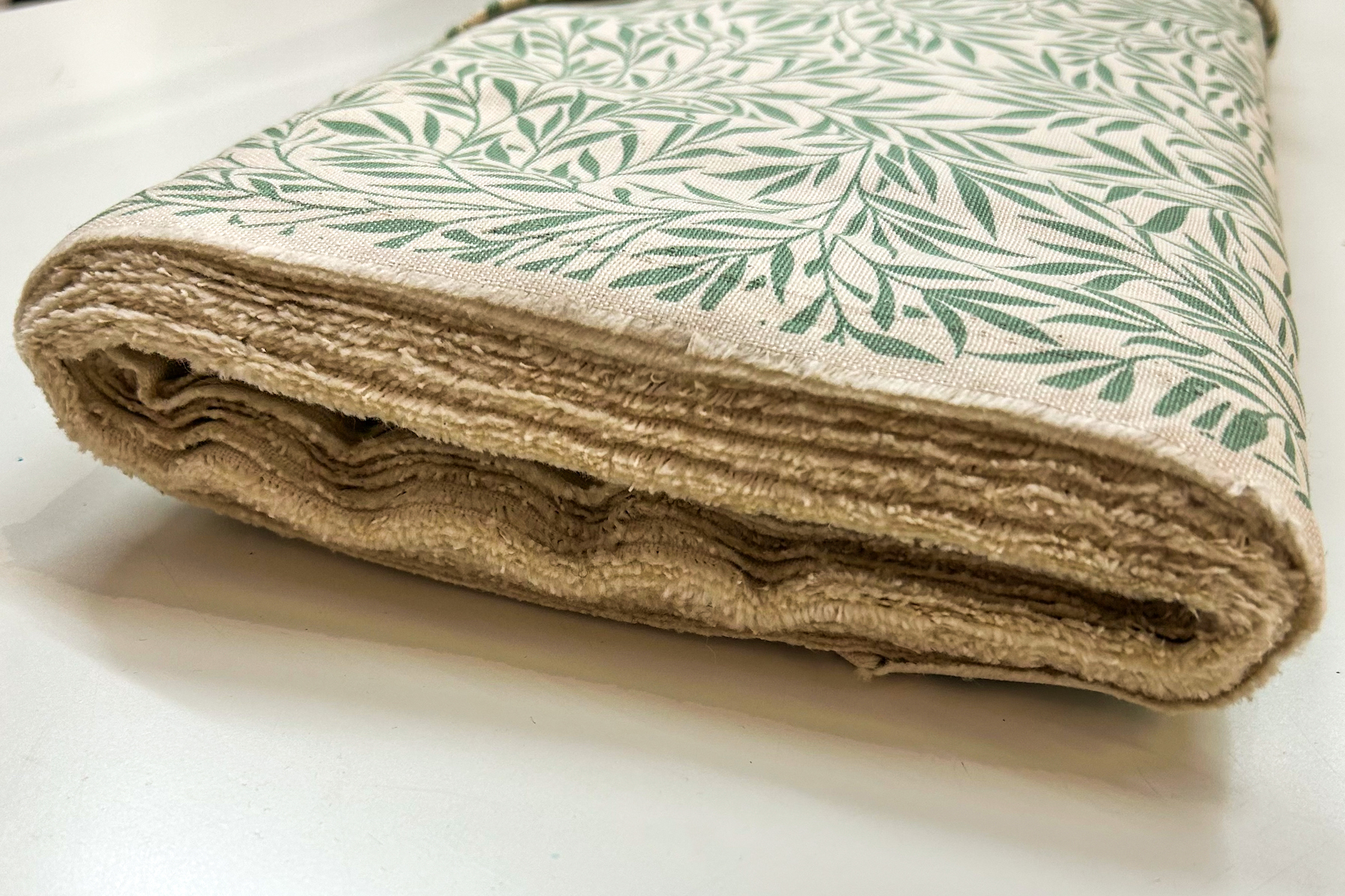
Cotton Drill
Cotton drill is a durable, medium to heavyweight fabric that is commonly used for workwear and uniforms. It is a twill weave fabric, giving it a ridged appearance that makes it ideal for tailored and casual designs. Cotton drill is a strong fabric that maintains its shape well and is resistant to wear and tear. It is best suited for intermediate to advanced sewers due to its weight and thickness.
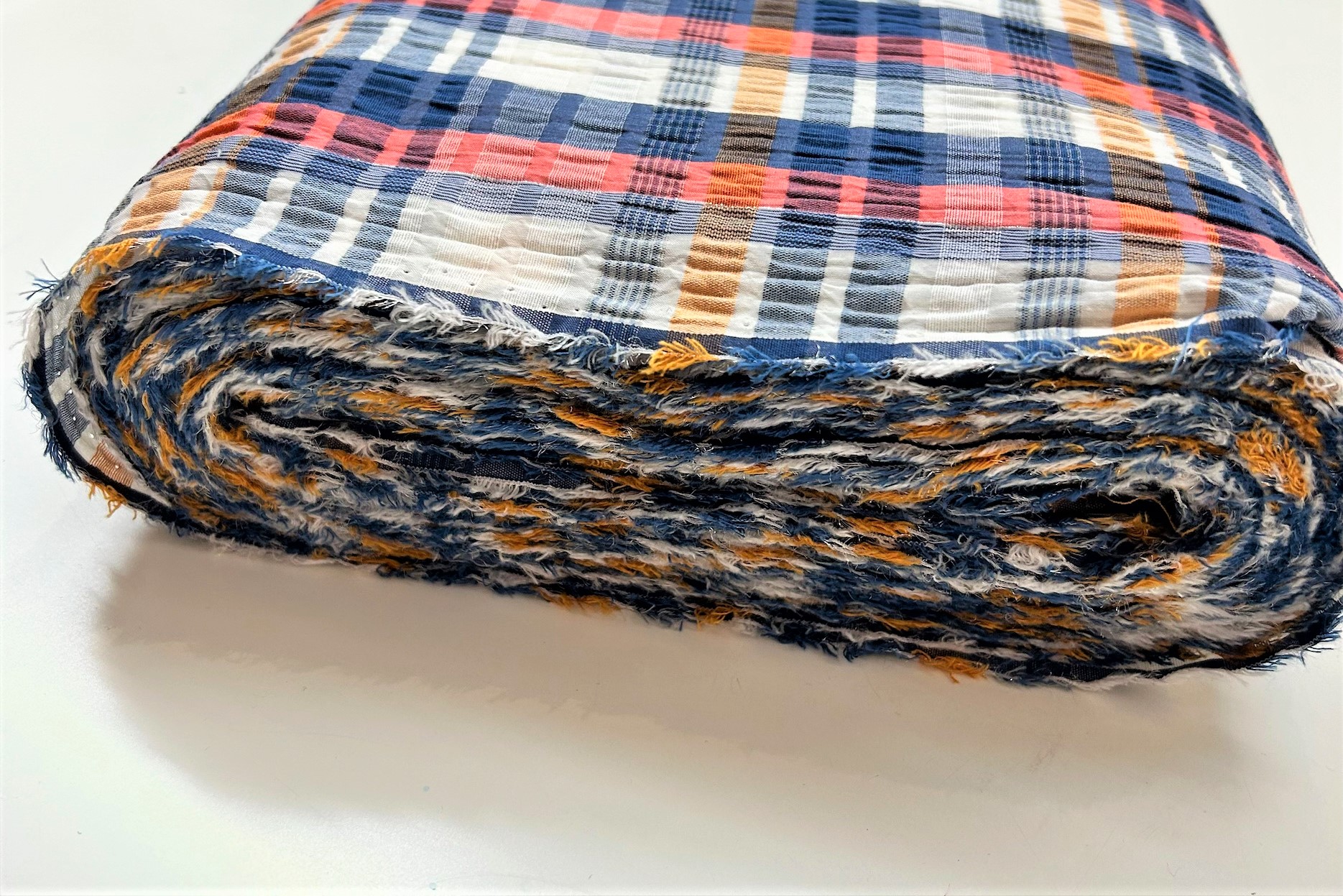
Seersucker
Seersucker is a lightweight fabric that is made using a plain weave with a puckered texture. It is best used for summer garments such as shorts, dresses, and shirts due to its breathability and wrinkle-resistant properties. Seersucker fabric is beginner-friendly, making it an easy choice for those new to sewing. Avoid stretching the fabric while sewing, and use a smaller needle size to prevent damage to the puckered texture.
Choosing the Right Cotton Fabric Weight and Type for Your Project
When working with cotton fabrics, it's essential to choose the right fabric weight and type to achieve the desired outcome. The weight of the fabric can affect its drape, breathability, and durability, while the fabric type can affect its texture, stretch, and suitability for different types of clothing.
If you're new to sewing, it's best to start with lightweight cotton fabrics like cotton lawn, cotton poplin, and seersucker. These fabrics are easy to work with and can be used for a range of summer clothing. They also tend to be affordable, so they're a great choice for beginners on a budget.
For those with more experience, medium-weight cotton fabrics like cotton jersey and brushed cotton can offer more versatility and can be used for a wider range of projects. Cotton chambray and cotton drill, on the other hand, are more heavyweight and can be more challenging to sew. They are best suited for more advanced sewers and those looking to create tailored or workwear designs.
Tips for Sewing with Cotton Fabrics
Sewing with cotton fabrics can be a rewarding and enjoyable experience. However, to achieve the best results, there are a few tips to keep in mind. Here are some helpful tips for sewing with cotton fabrics:
- Prewash your fabric: It's essential to prewash your cotton fabric before sewing to prevent shrinkage. Cotton fabrics tend to shrink, so it's best to wash them before using them in your project. Follow the washing instructions on the fabric label to ensure that you wash it at the right temperature and avoid any damage.
- Choose the right needle and thread: The weight of your cotton fabric will determine the type of needle and thread you should use. For lightweight cotton fabrics, use a fine needle size, while for heavyweight fabrics, use a larger needle size. Use a thread that matches the weight and colour of your fabric to achieve the best results.
- Pin the fabric carefully: When working with cotton fabrics, it's essential to pin the fabric carefully to avoid any puckering or stretching. Use sharp pins and insert them perpendicular to the fabric to prevent any distortion. You can also use clips to hold the fabric together when sewing if you prefer.
- Avoid stretching the fabric: When sewing with cotton fabrics, it's crucial to avoid stretching the fabric during the sewing process. This can cause the fabric to warp or pucker, resulting in an uneven finish. Instead, handle the fabric gently and guide it through the sewing machine without stretching it.
Identifying and Choosing Cotton Fabrics
At Yandles Arts and Crafts, we understand that it can be challenging to differentiate between different types of fabrics. That's why we've made it easy for our customers to identify the material by listing it on the bolts of fabric. This way, you can quickly see which type of cotton fabric you are looking at and make an informed decision about whether it's suitable for your project.
If you're still unsure or have any questions, our friendly staff are always on hand to help. Don't hesitate to ask us for advice or recommendations on which fabric to choose for your particular project. We're here to make your sewing experience as enjoyable and stress-free as possible!
Conclusion
In conclusion, understanding the different types of cotton fabrics and their properties can help you choose the right fabric for your sewing project. From lightweight cotton lawn to heavyweight cotton drill, each fabric has its own unique characteristics and is best suited for different types of clothing. Whether you're a beginner or an experienced sewer, there is a cotton fabric out there that is perfect for your next project.
- 16th February 2023
